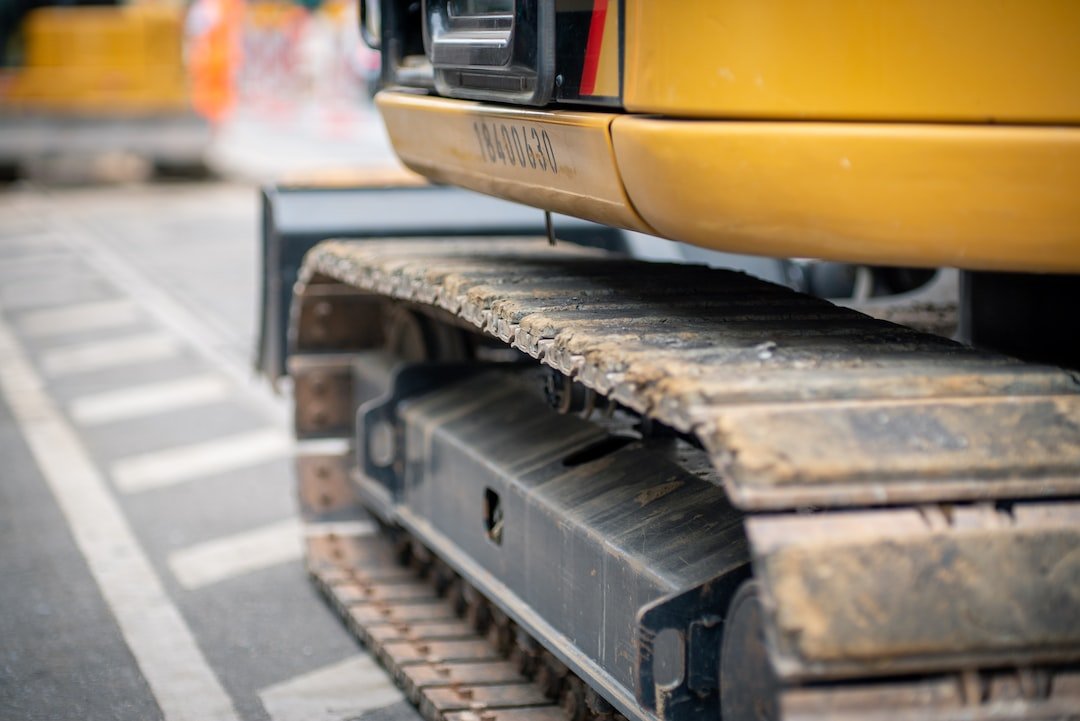Enhancing Car Safety: The Advancements and Innovations in Driver-Assist Technology
Car accidents are a leading cause of death and injury worldwide, prompting researchers and engineers to constantly develop new technologies aimed at enhancing car safety. One such area that has witnessed significant growth and innovation is driver-assist technology. These advancements have revolutionized the way we drive, making our roads safer and reducing the risk of accidents. In this blog post, we will explore the latest developments in driver-assist technology and their contribution to improving car safety.
One of the most prominent driver-assist technologies is adaptive cruise control (ACC). ACC utilizes sensors and radar to automatically adjust the speed of the vehicle to maintain a safe distance from the car ahead. Traditional cruise control systems only maintain a constant speed, requiring the driver to intervene when there is a need to slow down or speed up. With ACC, the vehicle can detect the speed and distance of the car ahead and adjust its speed accordingly, reducing the likelihood of collisions caused by human error.
Another critical innovation in driver-assist technology is lane-keeping assist (LKA). This system uses cameras or sensors to monitor lane markings on the road. If the driver unintentionally drifts out of their lane, the LKA system alerts them through visual or auditory signals and even provides steering assistance to bring the vehicle back into the correct lane. By mitigating the effects of driver distraction or fatigue, LKA has the potential to prevent accidents caused by lane departure.
Furthermore, forward collision warning (FCW) and automatic emergency braking (AEB) are two related technologies that have the potential to revolutionize car safety. FCW uses sensors, cameras, or radars to detect when a crash is imminent, providing the driver with an audible or visual warning to react. If the driver fails to respond, AEB will automatically apply the brakes to help avoid or mitigate the impact of a collision. These technologies are highly effective in reducing the severity and frequency of rear-end collisions, which are one of the most common types of accidents on the road.
The advancements in driver-assist technology have not only focused on preventing collisions but also on improving pedestrian safety. Pedestrian detection systems use cameras, sensors, and AI algorithms to detect the presence of pedestrians on the road. If a pedestrian is detected, the system can alert the driver to take evasive action or even apply the brakes autonomously. By proactively detecting pedestrians and providing warnings to the driver, these systems have shown promising results in reducing pedestrian accidents.
In addition to these specific advancements, there have been significant developments in the overall connectivity and integration of driver-assist technology. Modern vehicles are equipped with numerous sensors, cameras, and processors that communicate and exchange information, creating a comprehensive network of safety features. This connectivity allows for a more holistic approach to safety, where various systems work together to prevent accidents and protect both drivers and pedestrians.
While the advancements in driver-assist technology are undoubtedly impressive, it is important to note that these systems are not meant to replace the driver’s role entirely. They are designed to assist and augment the driver’s capabilities, not replace them. It is crucial for drivers to remain attentive, engaged, and responsible for the operation of the vehicle at all times, despite having these advanced safety features.
In conclusion, the advancements and innovations in driver-assist technology have had a profound impact on car safety. Technologies such as adaptive cruise control, lane-keeping assist, forward collision warning, automatic emergency braking, and pedestrian detection systems have significantly reduced the risk of accidents and improved road safety. However, it is essential for drivers to remember that these technologies are aids and not substitutes for responsible driving. By embracing and utilizing these advancements responsibly, we can further enhance car safety and make our roads a safer place for everyone.

